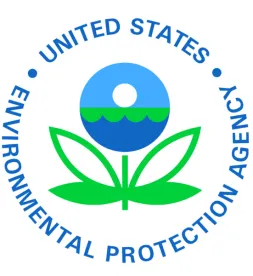EPA has taken another step toward implementing its PFAS Action Plan by publishing an Advanced Notice of Proposed Rulemaking (ANPR) on December 4, 2019, 84 Fed. Reg. 66369. The ANPR solicits comments on whether per- and polyfluoroalkyl substances (PFAS) should be added to the list of toxic chemicals subject to the reporting requirements of Section 313 of the Emergency Planning and Community Right-to-Know Act (EPCRA), also referred to as the Toxic Release Inventory (TRI) program.
The ANPR seeks comments specifically on which PFAS, if any, should be listed, whether to list them individually or in one or more categories (or some combination of both), and the appropriate thresholds to apply.
There is much debate about the categorical listing. PFAS are a very large group of chemicals, consisting of about 5,000 substances, of which about 600 are listed as active on the TSCA Inventory. The ANPR notes that reporting on a category of PFAS being released or managed as waste would be more limited than if reporting was required for individual PFAS.
EPA is considering lowering the statutory thresholds of 25,000 pounds for manufacturing or processing and 10,000 pounds for otherwise using the listed chemicals because PFAS can be both bioaccumulative and persistent in the environment.
In making a determination to add a chemical to the EPCRA reporting requirements, EPA bases that decision on toxicity without considering potential exposure pathways related to that chemical. A chemical must meet one of the EPCRA 313(d)(2) listing criteria, which focus on the potential for adverse acute or chronic health effects. There is little or no toxicity data available most PFAS, thus raising questions about whether EPA can meet the statutory criteria for a categorical approach. However, EPCRA provides EPA with broad discretion to add a chemical to the TRI list based on toxicity or on toxicity and the tendency of a chemical to persist or bioaccumulate in the environment.
EPA has collected scientific literature on approximately 30 PFAS, which it makes available at its Health and Environmental Research Online webpage. EPA seeks additional information through this ANPR to determine which PFAS are currently active in commerce and have sufficient toxicity information available to meet the EPCRA criteria.
An ANPR precedes a proposed rulemaking, so there are several additional steps before any PFAS would trigger TRI reporting requirements. To add chemicals to the TRI, EPA must propose and finalize a rule, which it would do after considering comments on the ANPR.
This year Congress has considered short-circuiting this regulatory process. Currently, H.R. 2577 and S. 1507, companion EPCRA bills, would automatically add the PFAS listed as active on the TSCA Inventory to the TRI without further action by EPA. Prospects for passage are unclear, since House and Senate conferees on S. 1790, the National Defense Authorization Act, could not agree on a different package of PFAS provisions, including listing PFAS as CERCLA reportable substances; negotiations ended the first week of December.
The deadline for comments on this ANPR is February 3, 2020.





 />i
/>i
